Why Do Cameras Have Wifi ?
Cameras have WiFi capabilities to enable wireless connectivity and facilitate various functions. WiFi allows cameras to connect to the internet, which enables users to easily transfer photos and videos wirelessly to other devices such as smartphones, tablets, or computers. This wireless transfer eliminates the need for physical cables and simplifies the process of sharing and backing up media files.
Additionally, WiFi connectivity in cameras enables remote control functionality. Users can control their cameras remotely through a smartphone or tablet, adjusting settings, framing shots, and even triggering the shutter from a distance. This is particularly useful for self-portraits, group photos, or capturing wildlife without disturbing the subject.
Furthermore, WiFi connectivity enables cameras to connect to various online services and platforms. Users can directly upload their photos and videos to social media platforms, cloud storage services, or photo-sharing websites. This feature allows for quick and convenient sharing of content with friends, family, or a wider audience.
Overall, the inclusion of WiFi in cameras enhances their functionality, making it easier to transfer, control, and share media files wirelessly.
1、 Wireless Image Transfer
Cameras have WiFi primarily for the purpose of Wireless Image Transfer. This feature allows photographers to quickly and easily transfer their photos and videos from the camera to other devices such as smartphones, tablets, or computers without the need for cables or memory card readers.
Wireless Image Transfer offers several advantages. Firstly, it provides convenience and efficiency. Photographers can instantly share their images on social media platforms, email them to clients, or back them up to cloud storage services. This eliminates the need to physically connect the camera to a computer or remove the memory card, saving time and effort.
Additionally, WiFi-enabled cameras often come with companion apps that allow users to control the camera remotely. This feature is particularly useful for self-portraits, group shots, or wildlife photography, where the photographer needs to be away from the camera. The app acts as a remote control, enabling users to adjust settings, trigger the shutter, and preview the image in real-time.
Moreover, WiFi connectivity enables cameras to connect to other devices and accessories. For example, photographers can wirelessly connect their camera to a printer and instantly print their photos. They can also connect to external storage devices or wireless flash units, expanding the camera's capabilities and creative possibilities.
From a modern perspective, WiFi connectivity in cameras has become even more important. With the rise of social media and the increasing demand for instant sharing, photographers need a quick and seamless way to transfer their images. WiFi also allows for firmware updates, enabling manufacturers to improve camera performance and add new features without the need for physical upgrades.
In conclusion, cameras have WiFi primarily for Wireless Image Transfer, providing convenience, efficiency, and creative possibilities for photographers. The feature has become increasingly important in the digital age, allowing for instant sharing and remote control capabilities.
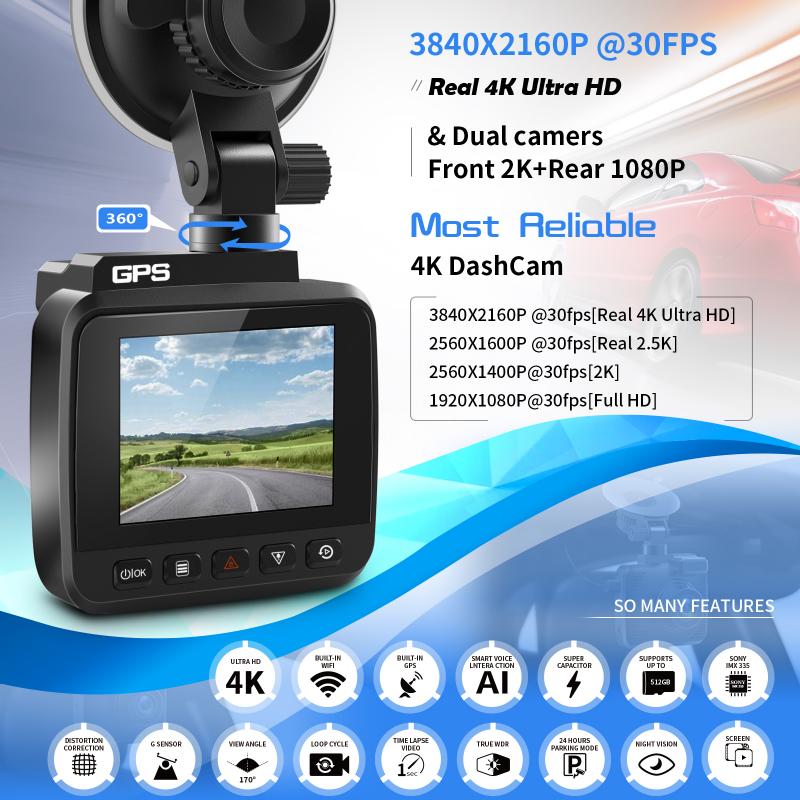
2、 Remote Control and Live View
Cameras have WiFi for several reasons, with the primary ones being remote control and live view capabilities.
Remote control functionality allows photographers to control their cameras wirelessly from a smartphone or tablet. This feature is particularly useful in situations where the camera is mounted in a hard-to-reach location or when the photographer wants to be included in the shot. With WiFi, photographers can adjust settings, change focus points, and even trigger the shutter remotely, providing greater flexibility and convenience.
Live view is another significant advantage of WiFi-enabled cameras. It allows photographers to see a real-time preview of the scene on their mobile devices, providing a larger and more detailed view compared to the camera's built-in LCD screen. This feature is especially beneficial for photographers who shoot from unconventional angles or in challenging environments. It enables them to compose their shots more accurately and make adjustments as needed without having to physically look through the camera's viewfinder.
Moreover, WiFi connectivity in cameras has evolved to offer additional functionalities. For instance, some cameras now support wireless image transfer, allowing photographers to quickly and easily share their photos on social media platforms or backup their files to cloud storage. This feature has become increasingly important in the age of instant sharing and the need for efficient workflow management.
Furthermore, WiFi-enabled cameras can also benefit from firmware updates, which can be wirelessly installed to enhance the camera's performance or add new features. This eliminates the need for physical connections or memory cards to update the camera's software, making the process more convenient and user-friendly.
In conclusion, WiFi in cameras serves the purpose of remote control, live view, wireless image transfer, and firmware updates. As technology continues to advance, we can expect further improvements and innovations in WiFi-enabled cameras, providing photographers with even more flexibility and convenience in their workflow.
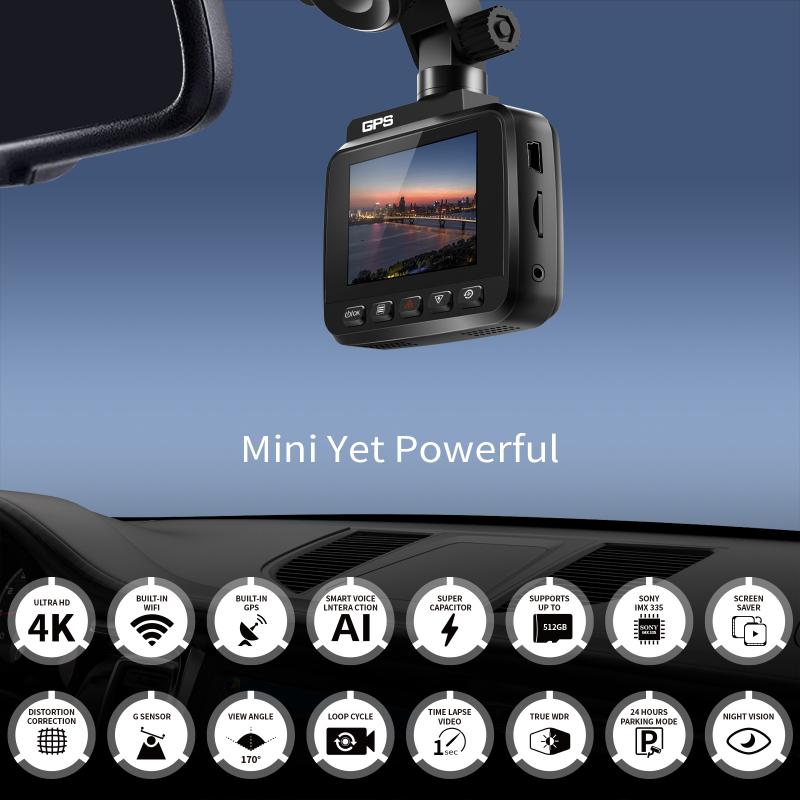
3、 Instant Sharing on Social Media
Cameras with built-in Wi-Fi have become increasingly popular in recent years due to the growing demand for instant sharing on social media platforms. With the rise of platforms like Instagram, Facebook, and Snapchat, people are constantly looking for ways to capture and share their experiences in real-time.
The integration of Wi-Fi technology in cameras allows users to quickly and easily transfer their photos and videos to their smartphones or tablets. This enables them to instantly edit, filter, and share their content on social media platforms, without the need for a computer or any additional equipment. This convenience has revolutionized the way we share our lives with others, allowing us to document and broadcast our experiences in a matter of seconds.
Moreover, the latest point of view on this matter is that cameras with Wi-Fi have also opened up new possibilities for professional photographers and content creators. They can now wirelessly transfer high-quality images to their clients or editors, saving time and streamlining their workflow. Additionally, Wi-Fi-enabled cameras often come with companion apps that offer advanced features such as remote control, live view, and geotagging, further enhancing the user experience.
However, it is important to note that while Wi-Fi connectivity offers numerous benefits, it also raises concerns about privacy and security. Users must be cautious when connecting their cameras to public Wi-Fi networks and ensure that their devices are protected with strong passwords and encryption.
In conclusion, cameras with Wi-Fi have become popular due to the demand for instant sharing on social media platforms. This technology has revolutionized the way we capture and share our experiences, offering convenience and new possibilities for both casual users and professionals in the photography industry.
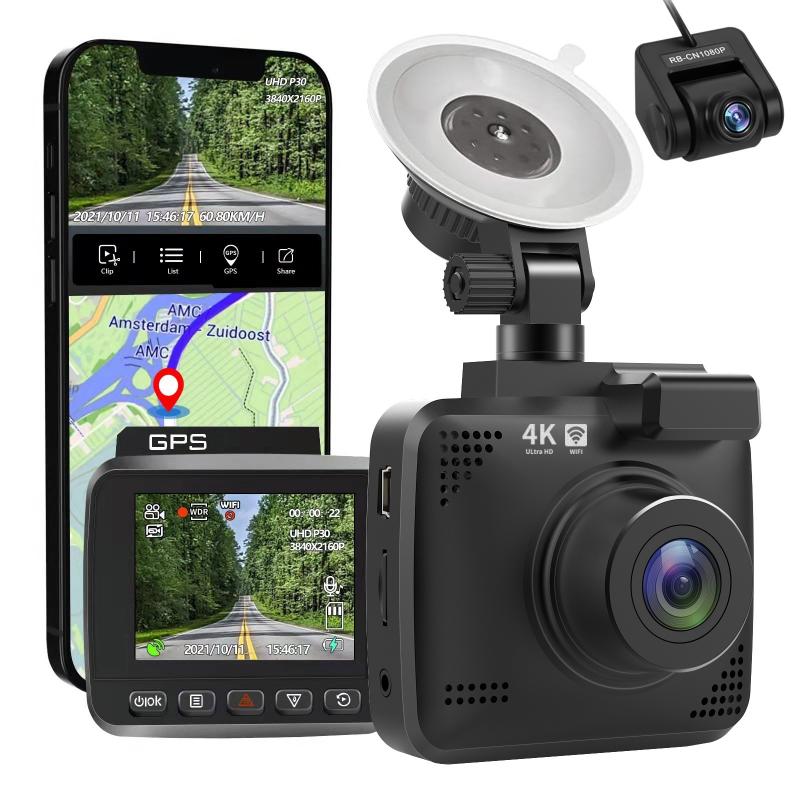
4、 Wireless Printing and Backup
Cameras have WiFi for several reasons, with wireless printing and backup being two of the most prominent ones.
Wireless printing allows photographers to conveniently print their photos directly from their cameras without the need for a computer or any physical connection. This feature is particularly useful for on-the-go photographers who may need to quickly print and share their images. Additionally, it eliminates the hassle of transferring photos to a computer first and then connecting to a printer.
Wireless backup is another significant advantage of WiFi-enabled cameras. With the increasing importance of data security and the fear of losing precious memories, having the ability to wirelessly back up photos to a cloud storage service or a computer provides peace of mind. This feature ensures that even if the camera is lost, damaged, or stolen, the photos are safely stored elsewhere.
Moreover, WiFi connectivity in cameras allows for seamless integration with smartphones and tablets. This enables photographers to instantly transfer photos to their mobile devices for editing, sharing on social media, or sending to clients. It also facilitates remote control of the camera, allowing photographers to adjust settings, preview shots, and even trigger the shutter from their mobile devices.
In recent years, the rise of social media and the demand for instant sharing have further emphasized the importance of WiFi in cameras. With WiFi, photographers can quickly upload their images to platforms like Instagram or Facebook, enabling them to connect with their audience in real-time.
Overall, WiFi in cameras has become an essential feature, providing convenience, flexibility, and enhanced connectivity for photographers in today's digital age.
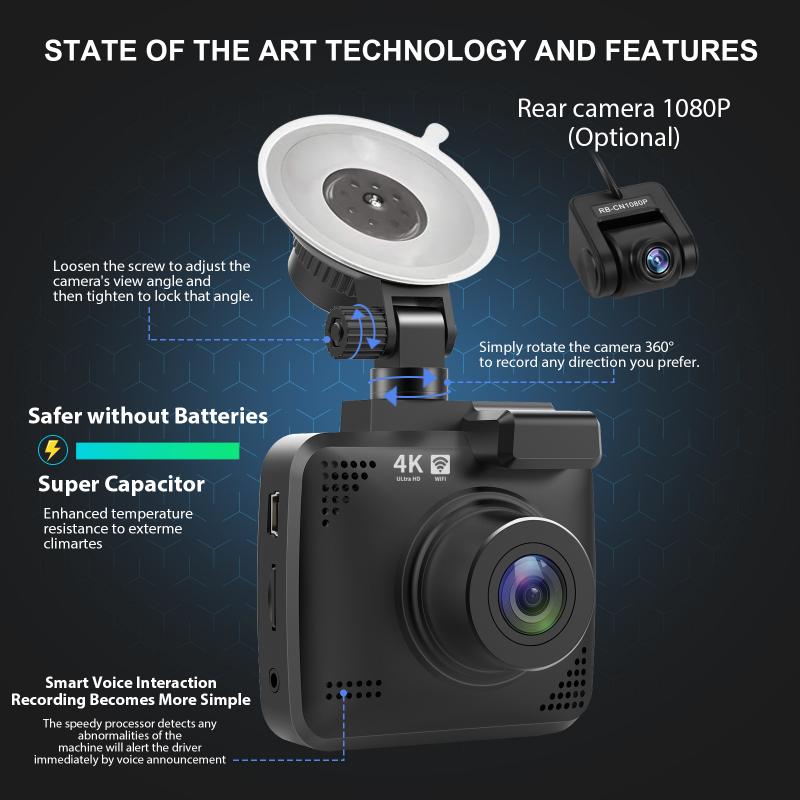







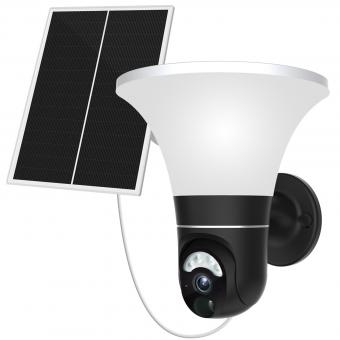
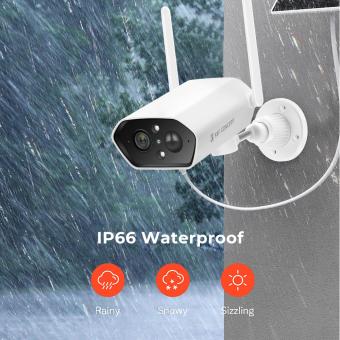




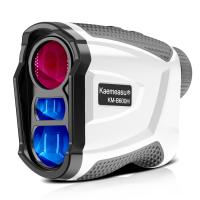
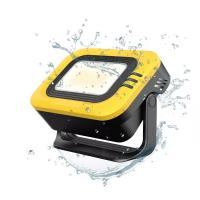






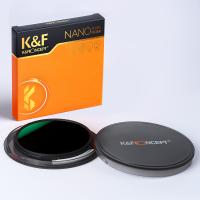




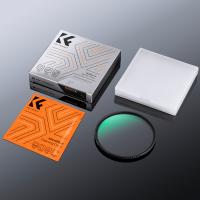
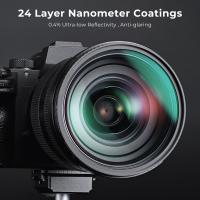

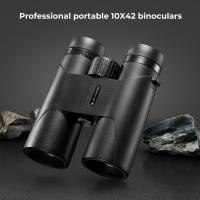

There are no comments for this blog.